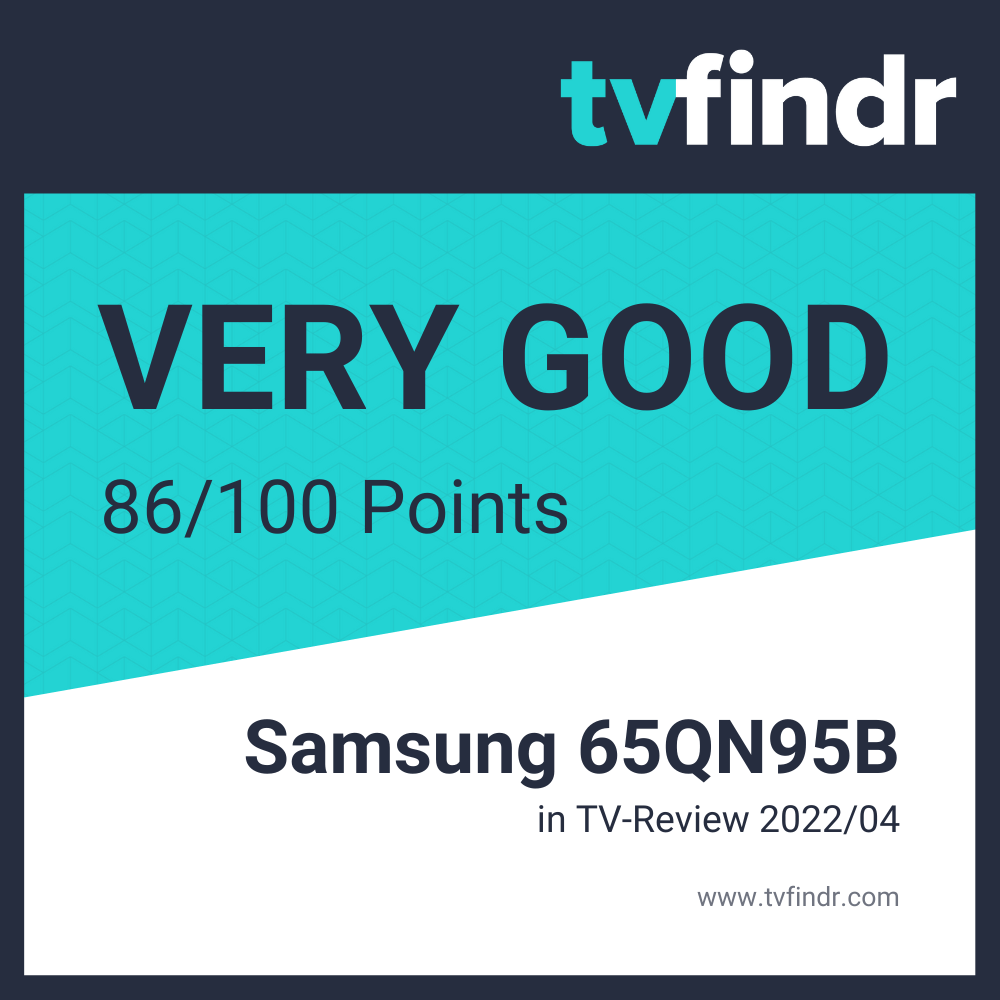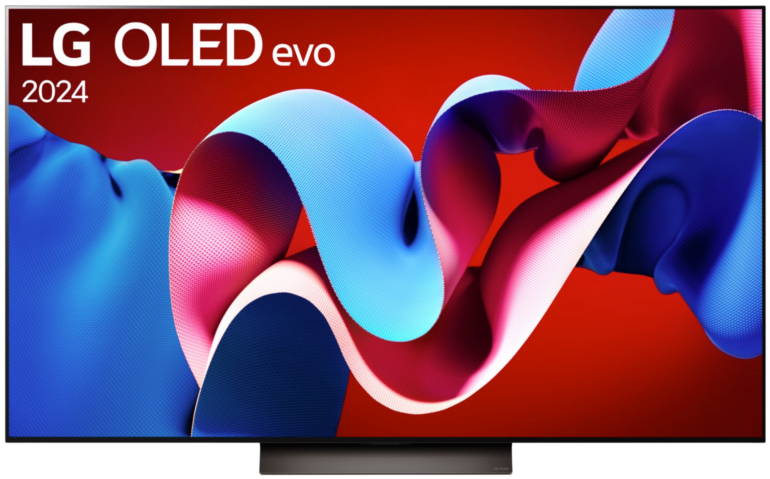Samsung Neo QLED vs Samsung QD-OLED TV comparison 2022/10


Hey! If you buy through our links, you support our project. It won't cost you a cent more! Many thanks in advance! ♥️
Samsung Neo QLED and Samsung QD-OLED compared – Which TV is better?
Detailed comparison: Samsung Neo QLED or Samsung QD-OLED
Usually the strength of LED TVs
Even though direct light sources are visibly weakened to a great extent due to the anti-reflective coating, the QN95B does not remain completely glare-free, especially in dark scenes. However, the S95B is quite the surprise. This QD-OLED copes surprisingly well with direct reflections and shows that even an OLED TV does not necessarily have to weaken in this category anymore.
If you look at common picture content in everyday use, the difference is only noticeable in a direct comparison. However, both models are not completely without disadvantages. While the S95B’s anti-glare screen has a pinkish tint, the QN95B’s anti-reflection coating shows a visible rainbow effect during reflections.

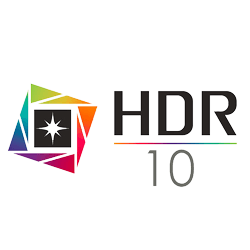

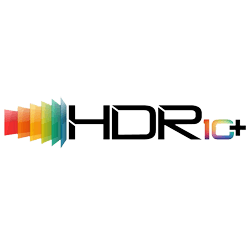
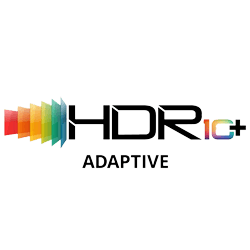





The field of OLEDs
In our comparison of the Samsung Neo QLED vs. Samsung QD-OLED technology, both TVs are ahead in terms of viewing angle stability. However, if the angle of the QN95B is too wide, the color saturation will suffer and you will see a rather pale display from a certain point on.
The S95B doesn’t have this problem and delivers an almost perfect performance in this category. A large group can therefore watch together on the QD-OLED without any problems. But be careful: Of course, you will have problems with image distortions from a certain angle despite the good picture performance.
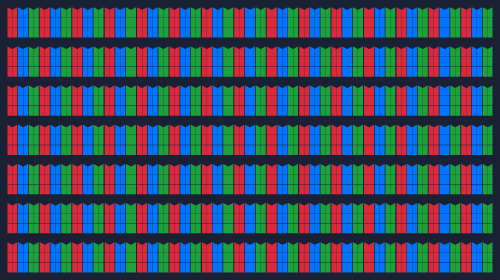





Contrast matters
Thanks to the local dimming control with 720 zones in the 65-inch variant, the QN95B shows a great contrast and not only brings out bright highlights well, but also performs on a high level in terms of black value.
Well, if it weren’t for the OLED display of the S95B in our Samsung Neo QLED vs Samsung QD-OLED comparison. Thanks to the self-luminous pixel structure, the panel can completely turn itself off and thus ensure a blooming-free, optimal black even in bright scenes.



The advantage of LED televisions
Backlit TVs are still the standard when you want a particularly bright picture. Here, the QN95B can play its trump card to the fullest and climb the brightness scale way up. At least that’s the case on paper.
However, compared to our subjective perception of brightness, reality often looks a bit different and shows that we usually only notice differences of a few 100 nitsSI unit of luminance: 1 nit = 1 cd/m2 – The best way of measuring and comparing a TVs brightness in direct comparisons. Nevertheless, we also have to pay tribute to the S95B and its – by OLED standards – excellent luminance in our Samsung Neo QLED vs Samsung QD-OLED tech comparison.











Decisive point: Your usage behavior
Both TVs are without question among the best 4K TV devices on the market. However, you should also consider the usage behavior in your purchase decision to get the best quality out of long binge sessions. The overall better contrast ratio makes the S95B QD-OLED the perfect choice if you watch a lot and mostly in the evening.
On the other hand, if you use the TV mostly during the day and your rooms are also quite bright, our Samsung Neo QLED vs Samsung QD-OLED comparison shows that the QN95B is generally better suited for counteracting flares and other light sources thanks to its high peak brightness.


On par with gaming performance
If you value a lot of features that make your gaming collection look more refined, you don’t have to worry about almost anything with either TVs. You get at least a 120 HertzHertz is the derived SI-unit of frequency with 1Hz=1/s – When talking about TVs this means how many different pictures a TV can display in one second. panel with VRRVariable Refresh Rate – synchronizes the display’s refresh rate with the output refresh rate of the graphics card via AMD FreeSyncVariable Refresh Rate with AMD graphics cards or consoles, G-SyncVariable Refresh Rate for Nvidia graphics cards compatibility, a short response time and a pleasantly short input lag in each case.
The QN95B even offers the option of firing its panel with native 144 Hertz. However, this is currently only possible if you have a correspondingly powerful computer. Console gamers cannot use this option. You can also play your favorites via cloud gaming without a console using Samsung’s Gaming Hub. However, a Bluetooth controller is required for this. The only drawback is the lack the Dolby VisionDynamic HDR-format with a color depth of up to 12 Bits and Mastering of up to 10,000 Nits color space.






Flowing movements throughout
The good response time of both panels is also noticeable during sport programs. It means that the picture runs smoothly even during fast camera pans and quick movements. The main difference is the display of uniform color areas on the screen, which is called uniformity. This can be particularly important in sports that are played on large, homogeneously colored playing surfaces.
Overall, the QN95B has a good representation of uniform colors in our Samsung Neo QLED vs Samsung QD-OLED technology comparison, but still shows some darker areas on the panel. The S95B with its OLED display does not have that. Brightness differences and thus imbalances are almost not noticed here.
Two strong features packages
Both TVs are also very well equipped in terms of additional features, and they include numerous functions. You should pay special attention to the One Connect Box included with the QN95B. The small connection case puts an end to your tangled cables and can also be positioned individually. This makes access easier if you want to plug in a new cable or reconnect an existing one.
The redesign of the Tizen operating system is not necessarily one of the highlights the two models have, but it offers an excellent selection of apps and the internal voice assistant Bixby. If you do not like it, you can use Amazon’s Alexa or Google’s voice assistant instead. You will also find Apple Airplay. However, Homekit support is not included.
In contrast to the QN95B in our Samsung Neo QLED vs Samsung QD-OLED comparison, you will not see the so-called Infinity One design on the S95B. This is reserved for the Neo QLED and ensures a flush mounting on your wall.


integriert

integriert


integriert

integriert
Our conclusion:Peak brightness counteracts perfect black level
Our comparison of the Samsung Neo QLED vs Samsung QD-OLED technology shows that the quality of both TVs is so advanced that we strongly recommend questioning your own viewing habits before making a purchase decision. If you mainly use your existing TV for watching movies and series, you will usually do that in the evening. The Samsung S95B QD-OLED is the perfect choice for this.
If the TV is used a lot during the day and your home is also quite bright, the QN95B is the better choice due to its higher peak brightness. In general, however, both models clearly belong to the absolute top devices in terms of performance and are at the same level in terms of quality.
In the end, both technologies target certain preferences in combination with the prevailing light conditions and usage and definitely offer advantages and disadvantages that should be considered.
